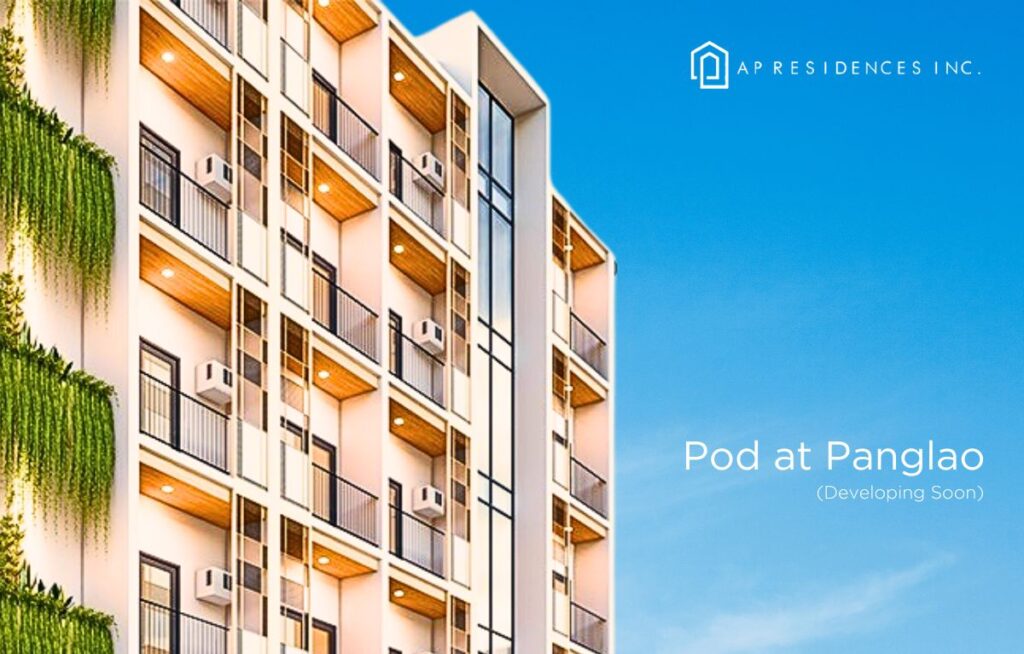When planning to buy a home in the Philippines, knowing how much you can borrow in a home loan is essential.
In 2023, the average housing loan size for Filipinos was around PHP 2.5 million, according to Bangko Sentral ng Pilipinas.
This amount varies based on income, financial obligations, and loan terms offered by local banks or Pag-IBIG Fund.
Understanding the process and criteria can help you prepare better and achieve your homeownership dreams.
What Factors Influence How Much You Can Borrow?
Understanding the factors that influence how much you can borrow in a home loan is essential for successful planning. Lenders in the Philippines evaluate your financial capacity and stability to determine your eligibility and the maximum loan amount they can offer.
By knowing these key factors, you can identify areas to improve and increase your chances of getting the loan you need. Below are the main considerations:
Income Level
Your monthly income is a primary determinant of your borrowing capacity. Lenders calculate your debt-to-income (DTI) ratio to ensure you can handle repayments without financial strain.
Most banks in the Philippines prefer that your total monthly debt obligations, including the home loan, do not exceed 40% of your gross monthly income.
Credit Score and Financial History
Your credit score reflects your ability to manage debts responsibly. A strong credit history, with consistent on-time payments for credit cards or other loans, signals to lenders that you are a reliable borrower.
In the Philippines, credit scores are monitored by organizations like the Credit Information Corporation (CIC).

Find Your Dream Home with AP Residences
Existing Debts
Current financial obligations also play a crucial role in determining how much you can borrow. Lenders assess your ongoing debts, such as car loans or credit card balances, to calculate your DTI ratio.
Having high existing debts reduces the amount you can borrow for a home loan.
Paying off small loans or consolidating debts before applying can help improve your financial profile and increase your borrowing capacity.
How to Calculate Your Borrowing Capacity
Calculating your borrowing capacity is a critical step in the home loan process. It helps you understand how much you can afford to borrow without overextending your finances.
Below are the key steps to calculate your borrowing capacity:
1. Estimate Your Monthly Payments
Use online loan calculators from major banks or Pag-IBIG Fund to see how much you might qualify for. Input your:
- Monthly income and fixed expenses.
- Loan term (e.g., 15 or 20 years).
- Expected interest rate.
2. Assess Your Down Payment
Philippine lenders usually require a down payment of 10-20% of the property’s value. A larger down payment reduces the loan amount and monthly repayments.
3. Factor in Loan Terms
Longer terms reduce monthly payments but increase total interest costs. Choose terms wisely based on your financial capability.
What is the Salary Bracket for a Housing Loan in Pag-IBIG?
By assessing your income and financial commitments, Pag-IBIG determines the best program and loan amount for you. The Pag-IBIG Fund offers housing loans tailored to different income levels:
Affordable Housing Loan Program
This program is designed for minimum-wage and low-income members. It caters to those earning up to ₱15,000 per month in the National Capital Region (NCR) and up to ₱12,000 per month outside NCR.
Members under this bracket can borrow up to ₱750,000 at a subsidized interest rate of 3% per annum, making it an excellent option for affordable home financing.
Regular Housing Loan Program
Available to all qualified Pag-IBIG members regardless of income level, this program allows borrowing up to ₱6 million, depending on the borrower’s capacity to pay.
While there are no strict salary brackets for this program, lenders ensure monthly amortization does not exceed 30-35% of gross monthly income to maintain affordability.
For more information, you can consult the official Pag-IBIG website or visit a branch near you.
How Much is the Maximum Housing Loan in Pag-IBIG?
The maximum housing loan amount available through the Pag-IBIG Fund is ₱6 million. However, the actual amount you can borrow depends on factors such as your capacity to pay, the property’s value, and the loan-to-appraised value ratio.
- Properties valued at ₱400,000 or below may be financed up to 100% of the appraised value.
- For properties between ₱400,000 and ₱1,250,000, up to 90% may be financed.
- Properties over ₱1,250,000 can be financed up to 80% of the appraised value.
For minimum-wage and low-income earners, Pag-IBIG also offers the Affordable Housing Loan Program, with a maximum loanable amount of ₱750,000.
Keep in mind that your monthly amortization should not exceed 35% of your gross monthly income, ensuring affordability.
How Much is the Down Payment for a Pag-IBIG Housing Loan?
The required down payment for a Pag-IBIG housing loan depends on the property’s value and loan-to-appraised value ratio. For properties valued at ₱400,000 or less, Pag-IBIG may finance up to 100% of the appraised value, meaning no down payment is needed.
Properties priced between ₱400,000 and ₱1,250,000 typically require a 10% down payment, while those above ₱1,250,000 may need at least 20% equity from the buyer.
However, the final down payment can also depend on the seller’s terms and any reservation fees required during the negotiation process.
It’s best to confirm with both the seller and Pag-IBIG to ensure you’re clear about the total upfront costs.
Conclusion
Figuring out how much you can borrow for a home loan in the Philippines requires evaluating your income, debts, and financial history. Preparing your documents and improving your credit standing can boost your chances of approval.
At AP Residences, we offer guidance on navigating home financing and finding properties suited to your budget. Let us help you take the first step toward owning your dream home!





